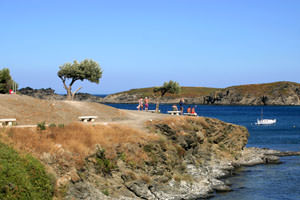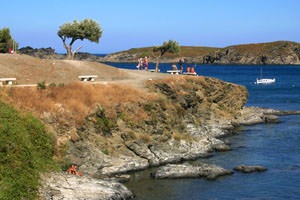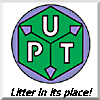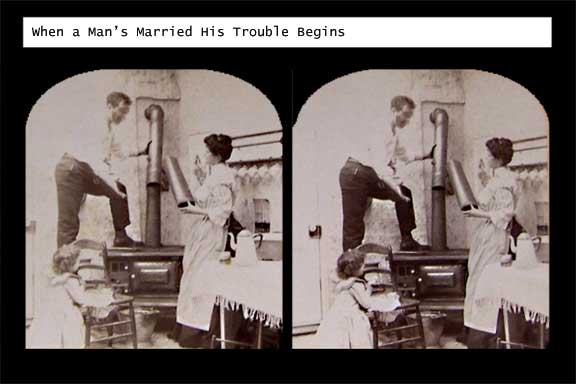
Many moments spent gazing upon the ground glass. Framing the scene.
Creating the view. Waiting for the 'click'.
The click belonging not so much to the hardware shutter but rather
to the mind's eye-opener.
That splended moment when all the elements within the box come together
in perfect balance (or awesome chaos.)
It's a butterfly chase. It's a lightning witness. It's a eureka moment of grand discovery.
It's a warm kiss on the cheek.
The photographers spirit. - Michael S. DeBurger
The art of photography attracts many practitioners and owes a great deal of its success to it's critics. There can be much debate about what makes a good photograph whereas the ability to recognize a bad photograph seems to be a little more universal. As a matter of fact there are tried and true artistic principles that when accepted, adopted and applied to your craft, will impart a certain "something" that will capture the viewer in a way that they too may experience that "click."
There exist on the internet a peerless source for photographic related tutorials on many useful topics. For a wealth of information on improving your images whether digital or traditional you owe yourself a visit to GeoffLawrence.com. It is with his very generous permission that I reproduce here a tutorial on what I personally believe to be one of the most important principles of composition: The Rule Of Thirds.
The Tutorial Follows: Please, read more...
| Rule of Thirds - by Geoff Lawrence
[ http://www.geofflawrence.com/rule_of_thirds.html ] |
The rule of thirds is one of the most important rules of photographic composition. Landscape photographers are particularly fond of this one, but
it works well for many types of subject. The rule of thirds simply
says that, instead of placing the main focus of interest in the
center of the frame, which makes for a very static composition, that you look
to position it on an intersection of the thirds. That is to say
one third up and one third in or two thirds up and one third in
etc.
Placing the Horizon on the Third The most common application of the rule of thirds is in placing the horizon in a landscape picture. Take a look at the two versions of a landscape picture below, I hope you'll agree that the photo on the right is a more satisfying composition. The sky contains very little detail so why show too much of it? In the picture on the right we have enough sky to show that it is a sunny day and now we have more room for interesting subject matter. The picture on the left looks cut in half, we feel unsure what we are supposed to be looking at when the picture is cut in half by the horizon. If we had some interesting clouds to look at, we could just as easily place the horizon one third from the bottom of the picture to show that we are most interested in the sky. But we still wouldn't place it in the center of the frame. Never, ever put the horizon in the middle.
|
 |  |
Also notice, in the pictures above, how the tree takes on more importance in the picture on the right because it now sits on the intersection of the vertical and horizontal third, which is a very powerful position in the frame.
Here's a 'thirdsy' sort of picture on the right, hover your mouse over the
picture to see the grid. Placing the boat near the top of the picture
tells the viewer that the main subject of the picture is
the reflection in the water.
We could take the boat out altogether, of course, this would focus
our attention even more on the reflection but the picture might
then be a little too minimalist.
Also the mast is almost exactly on the 'third' line making it a very prominent part of the composition.
Placing the main elements of your composition on the thirds, and especially on the intersection of the thirds, is a powerful composition aid and will immediately improve your compositions. Try it with every subject, not just landscapes. |  |

PHOTOGRAPHY TUTORIALS & TIPS
[tag:blogdogit photography tips educational musing]




































 Them All!
Them All!














